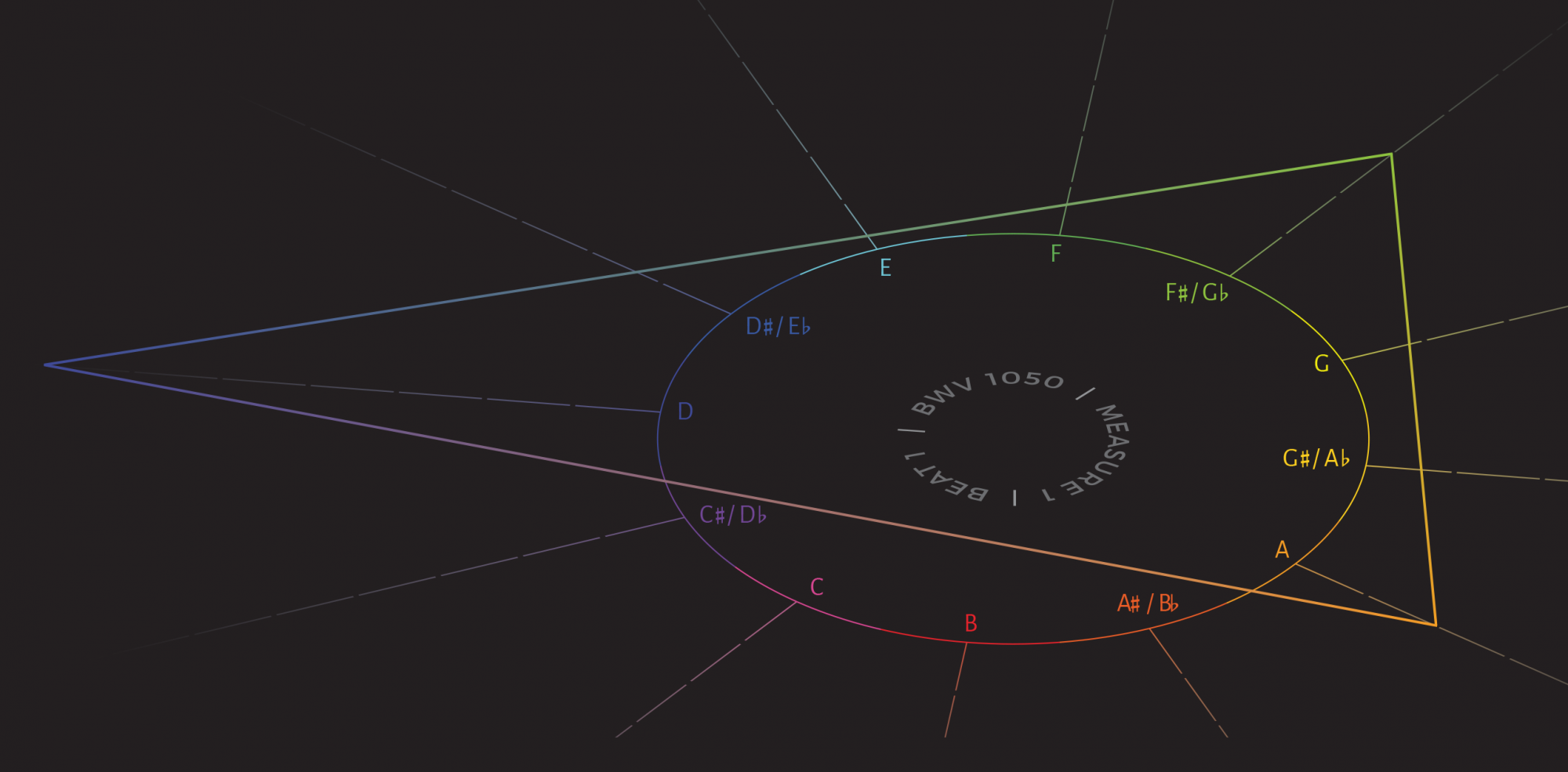Catrina Kim and Sam Reenan, editors
Editors’ Note
HTML & PDF
Articles
Andrew Pau | The Harmonic Theories of Jean-Adam Serre
HTML & PDF —— AbstractThe Genevan music theorist Jean-Adam Serre (1704–1788) occupies a marginal position in the history of music theory. This article argues for a reevaluation of Serre’s harmonic theories, focusing on the second and third of the three Essais sur les principes de l’harmonie (Paris, 1753). The article compares Serre’s theories with those of his contemporaries such as Rameau and Kirnberger. Serre’s identification of the tonic, subdominant, and dominant triads as the only possible fundamental harmonies arguably presents an early form of functional theory, while his use of dual fundamentals for four-note chords prefigures modern theories of mixed function. In addition, Serre’s theories on the derivation of the minor mode reveal him to be a harmonic dualist writing more than a century before Hauptmann, Oettingen, and Riemann. For these reasons, Serre deserves to be more than a footnote in the history of music theory.
Ellen Bakulina | Proto-Harmony and the Problem of Tonal Centricity in Rachmaninoff’s All-Night Vigil
HTML & PDF —— AbstractThis article explores the Russian concept of proto-harmony (pra-garmoniia) from both a theoretical and an analytical angle. Proto-harmony was introduced by Andrei Miasoedov (1998) as a group of four diatonically related triads that does not require an overarching tonal center, and that (according to him) serves as the tonal basis of much Russian music. In the first, theoretical section, I offer my own approach to proto-harmony that allows for greater theoretical and analytical precision and that engages in a dialogue with other, non-Russian approaches such as Neo-Riemannian and set theories. I introduce the notion of the proto-harmonic complex (PH complex) and show that it belongs to a family of similar diatonic groups explored by Western scholars, including “component keys,” “Axis progression,” “double-agent complex,” and paired relative keys (or Russian “mutability”). In the second, analytical section, I show that, in movements 1 and 14 from Sergei Rachmaninoff’s All-Night Vigil (1915), a proto-harmonic complex explains large-scale non-monotonal structures by controlling important formal boundaries. Proto-harmony thus interacts with the decentralization of entire pieces that defy a conventional tonal explanation in either harmonic-functional or Schenkerian terms.
Yosef Goldenberg | When and How are Modulations Diatonic?
HTML & PDF —— AbstractThe common term “diatonic modulation” involves two distinct meanings: modulations into keys whose tonics are diatonic triads in the source keys (this study also distinguishes them from closely related keys) and modulations via a pivot chord that is diatonic in both source and target keys. Modulations may fulfill one condition but not the other. Modulations can reach a diatonic goal by several means: pivot chords that are chromatic in either the source key, the target key, or both; by means of enharmonic pivot chords; or without any pivot chords. Modulations can also reach some distant goals by means of pivot chords that are diatonic in both source and target keys. A corollary aspect of normative diatonic modulations is a stable phrase rhythm, but this can also be separated from diatonic modulations. The study also suggests pedagogical adaptation of the distinctions made, since they are missing in harmony textbooks.
Reviews
Rachel Lumsden | Review of Analytical Essays on Music by Women Composers: Concert Music, 1960–2000, edited by Laurel Parsons and Brenda Ravenscroft, 2016
HTML & PDF
Philip Stoecker | Review of Thomas Adès: Asyla, by Edward Venn, 2017
HTML & PDF
Jeremy Orosz | Review of Schumann’s Music and E. T. A. Hoffmann’s Fiction, by John MacAuslan, 2016
HTML & PDF

